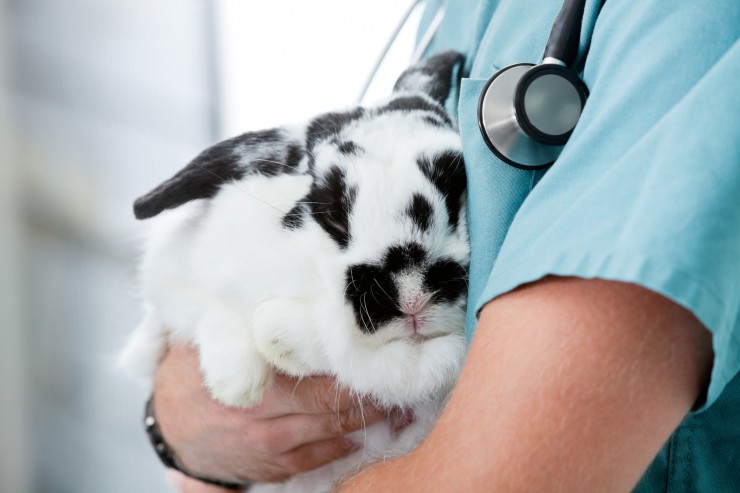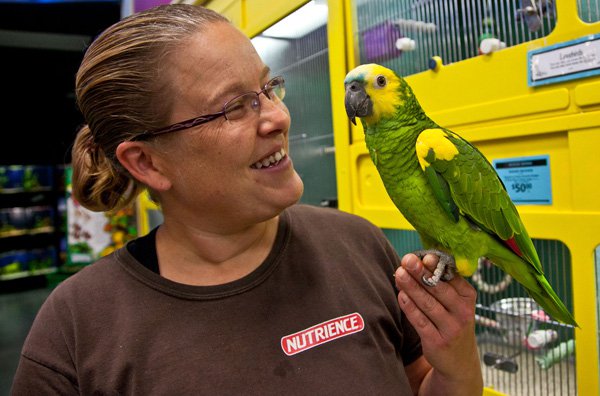
There are numerous factors to consider when choosing a puppy. A puppy requires an enormous amount of responsibility and time so think wisely before deciding on purchasing or adopting one.
Once you’ve made up your mind, it’s time to choose your dog. Here are few things and tips to consider that may help:
Mixed Breed or Pure Breed?
Pure Bred dogs usually have a better temperament than mixed breed ones. But this is not always the case so it is very important to look at the individual dog. Mixed dogs are usually less predictable in their size, temperament and character. This may be an important factor to consider especially when you have small children. Pure breeds are usually bred for certain qualities so it is easy to predict how the puppy will look and act like by referring to its parents. Pure breeds however usually cost more than mixed breeds because breeders bred to insure only the best blood lines. On the contrary, mixed breeds are less expensive and easier to find at animal shelters or pet stores. They are not as subjective to inter-breeding so they also have less health defects than pure breeds.
Easy Ways to Test for Temperament
First, observe the puppy before interacting with it. Note how she interacts with other puppies. If she hides in a corner when other dogs are playing and fighting then she will probably not adapt easily to loud, busy environments. Frequent barking or biting with other puppies imply that she is a social dog that is usually not shy in a new or loud atmosphere. Is she barks or bites and then loses interest means that she is a balance of the two extremes.
Next take her away from other puppies to test for her temperament:
(1) Hold her down on her backside with one hand for 30 seconds and observe how she struggles against restraint.
If she struggles to get free then she is likely to be aggressive or responsive to you.
If she resists at first then gives up then she is likely to be independent.
If she licks your hands or doesn’t struggle then she is likely to be nervous or shy.
(2) Walk away from her and observe how she reacts.
If she doesn’t follow you then she is likely to be independent.
If she follows you with tail up quickly then she is likely to be aggressive.
If she follows you with tail up hesitantly then she is likely to be responsive.
If she follows you with tail down then she is nervous or shy.
(3) Place her in the center of the room and call for her to come to you to observe how social she is.
If she comes to you readily with tail up and pounces at you she is likely to be aggressive.
If she comes to you readily with tail up she is likely to be responsive.
If she comes to you with tail down and doesn’t jump is likely to be nervous.
If she doesn’t come to you she is likely to be independent.
What Does it All Mean?
Responsive: Adaptable, easily trainable, bonds well with humans and other animals. These dogs are great for first time dog owners.
Nervous: Shy and unpredictable. Not recommended around small children.
Aggressive: Dominant, unpredictable and hard to train. Not recommended around children or other animals.
Independent: Stubborn and harder to train.
Adrian is an experienced pet owner and a writer for http://www.Pet-Smarts.com.
If you found this article useful and would like to read more, please visit http://www.Pet-Smarts.com. Pet-Smarts provides tons of excellent pet advice for pet owners of all types. There are articles like this for dogs, cats, rabbits and turtles. Don’t forget to take advantage of our Pet Forums (http://petsmarts.forumup.org/?mforum=petsmarts) for more helpful advice and fun facts!
 Famished Felines - Could Your Cat Have An Overactive Thyroid Gland?
Famished Felines
Famished Felines - Could Your Cat Have An Overactive Thyroid Gland?
Famished Felines
 What To Expect When Your Rabbit Is Spayed Or Neutered
What To Expect Wh
What To Expect When Your Rabbit Is Spayed Or Neutered
What To Expect Wh
 How To Help Boost Your Cat’s Immune System
How To Help Boost
How To Help Boost Your Cat’s Immune System
How To Help Boost
 The Advantage of a Portable Dog Water Bottle Dispenser
The Advantage of a Portable Dog Water Bottle Dispenser
The Advantage of a Portable Dog Water Bottle Dispenser
The Advantage of a Portable Dog Water Bottle Dispenser
 How To Keep A Tibetan Terriers Coat Looking Good
How To Keep A Tib
How To Keep A Tibetan Terriers Coat Looking Good
How To Keep A Tib
Copyright © 2005-2016 Pet Information All Rights Reserved
Contact us: www162date@outlook.com